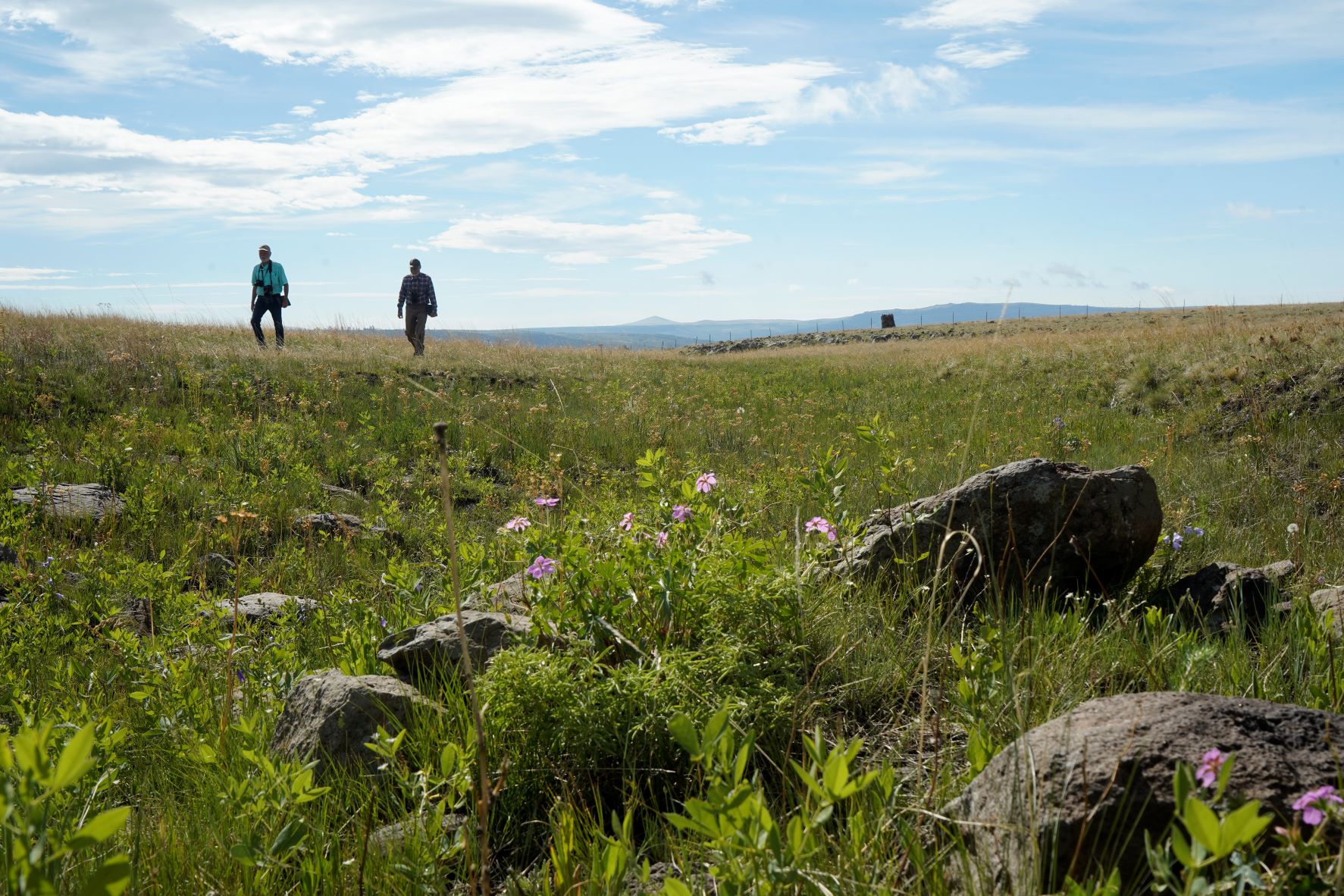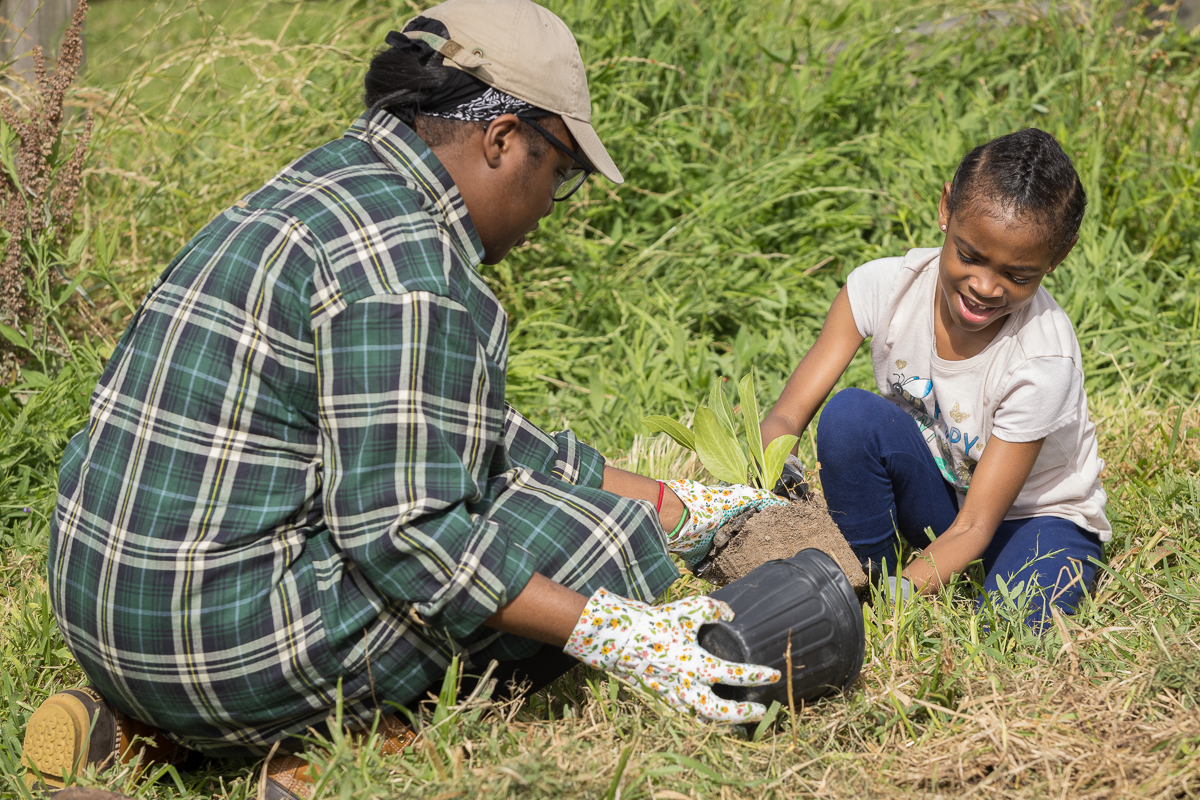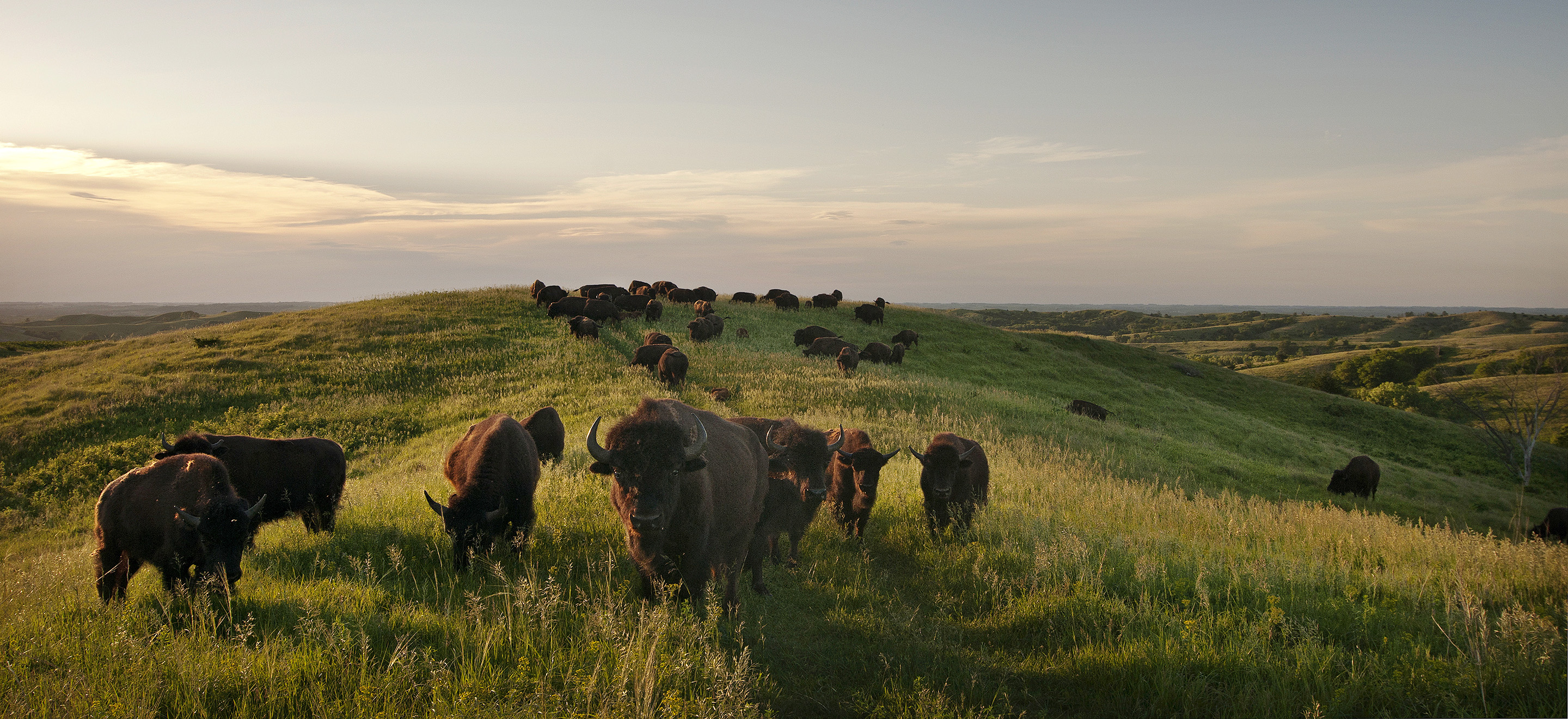The Southern High Plains Initiative
Five Western states working to protect the nation’s grasslands.
When you talk to people who have devoted their careers to conserving grasslands, you’ll immediately sense their passion—and you’ll start looking closer at the little things in nature.
"We’re standing on the edge of some of the most dramatic conservation opportunities I’ve seen in 22 years at TNC," says Matt Moorhead, Conservation Business & Partnership Development Advisor at TNC in Colorado.
At the intersection of five western states—Colorado, Kansas, New Mexico, Oklahoma and Texas—lies one of the largest opportunities for grassland conservation in the country: the Southern High Plains.
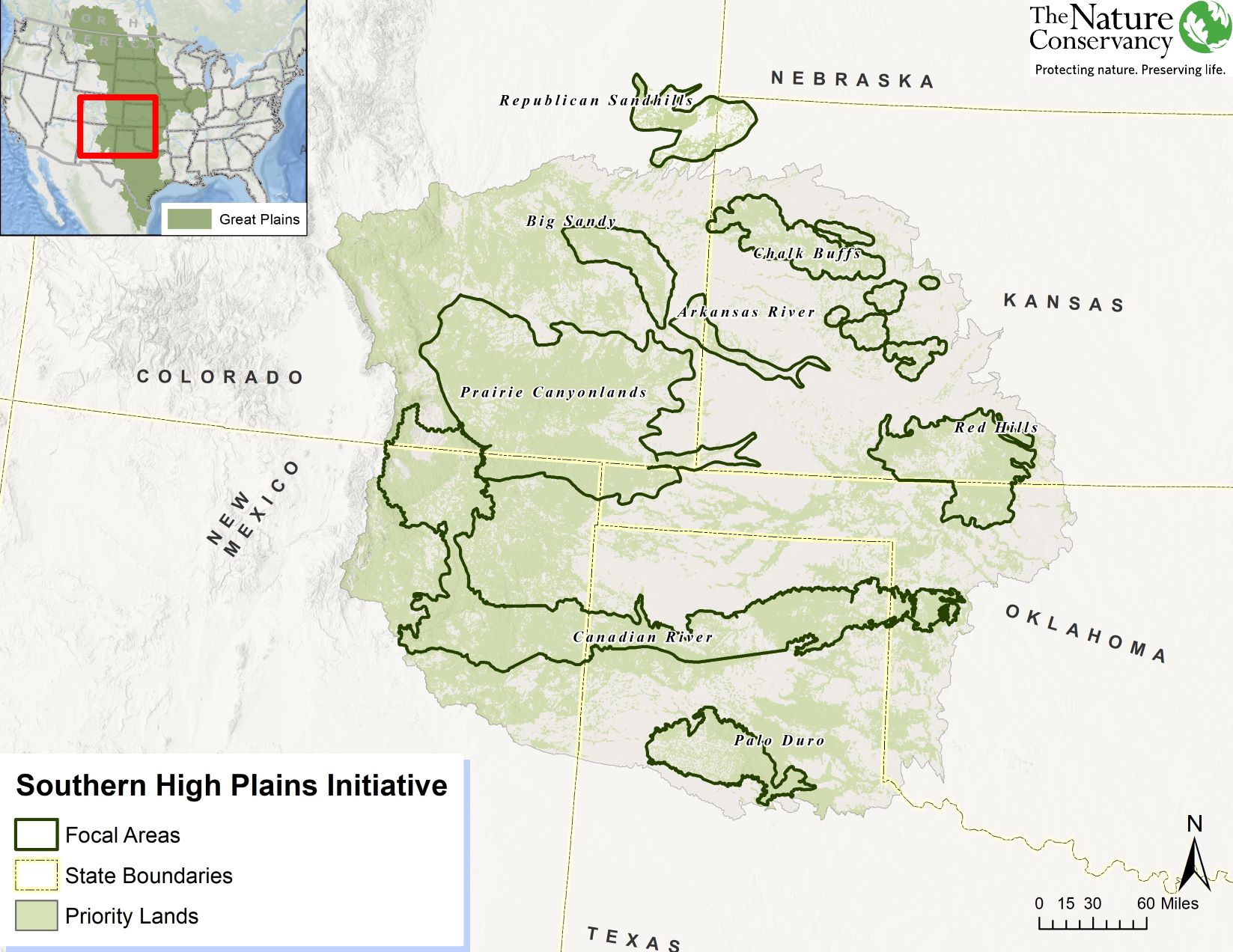
More nature is just a click away
Sign up to receive monthly conservation updates from Colorado
Many people who love this area will tell you that it can take time to see the beauty in grasslands, to see the small intricacies of life within the overwhelming scale of the distant horizons.
"Those high plains, the short grass, big vistas, mesas in the distance. People should spend more time there, in that quiet, windy place, and they would see the beauty in it,” says Katie Gillies, TNC’s Director of Conservation in Oklahoma.
The diversity of life, and the potential to make huge gains for conservation, is why we’re working to prioritize this landscape and highlight the beauty that lies in the plains.
_4000x2200.jpg)




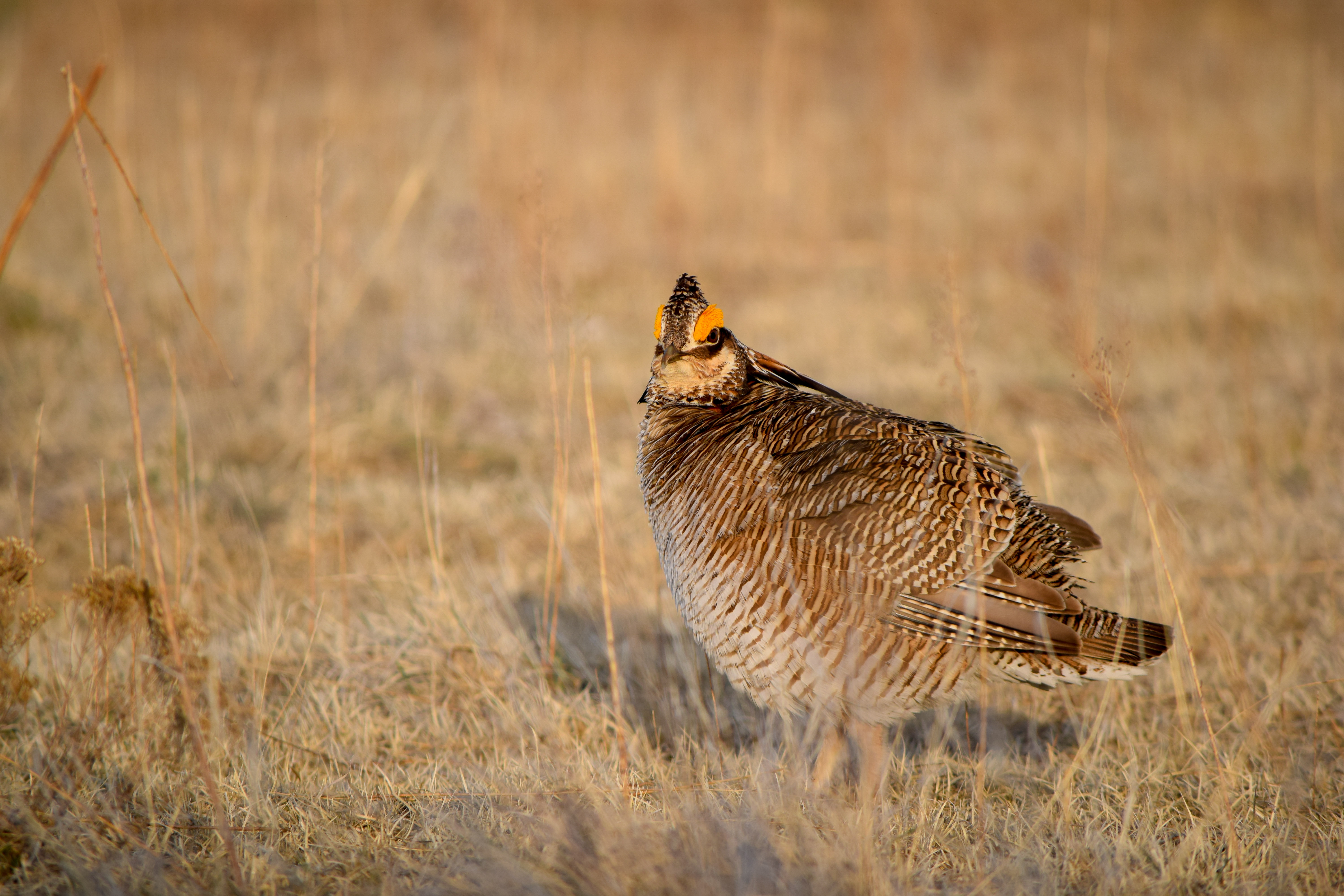
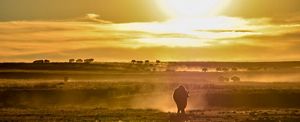

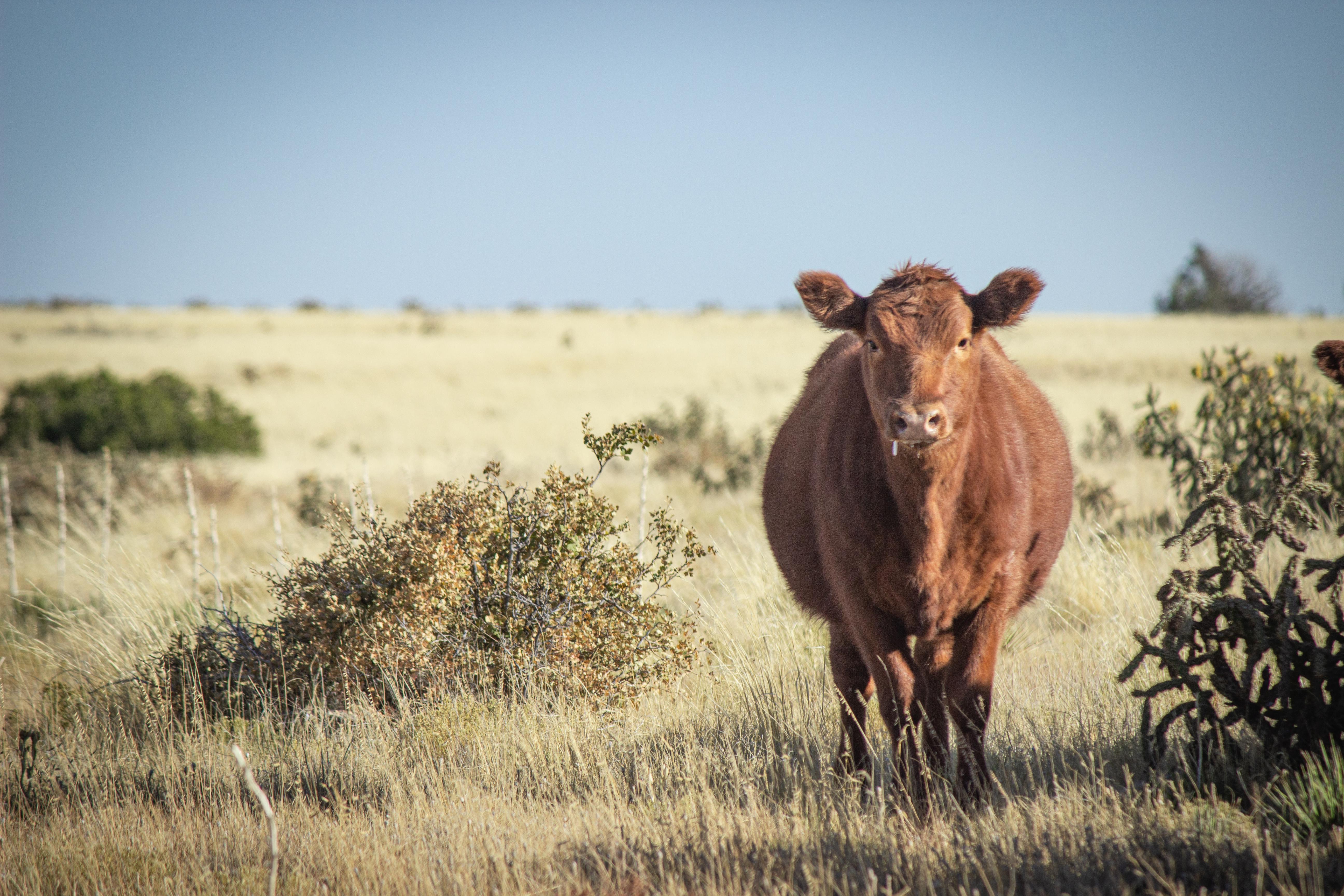
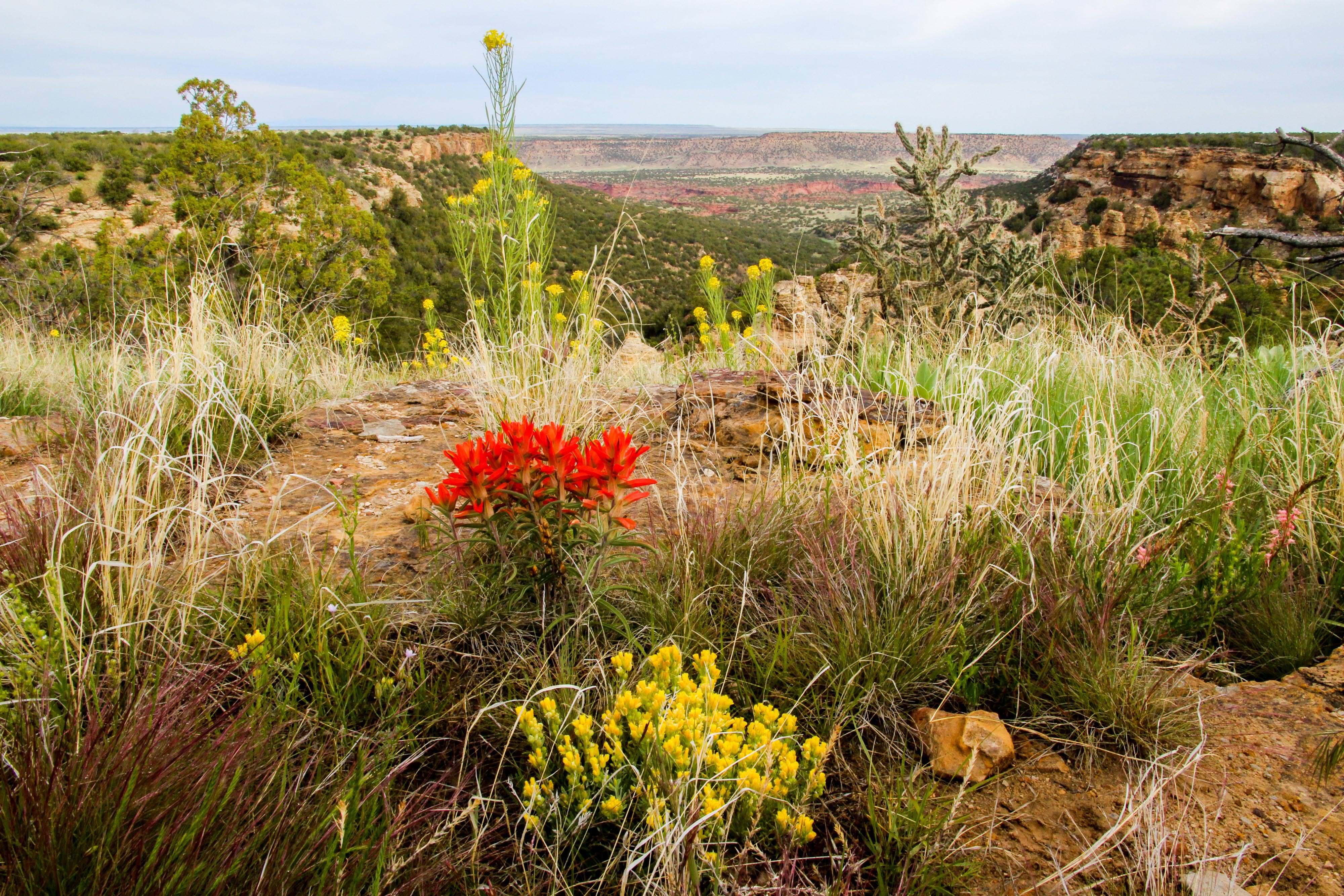
_4000x2200.jpg)
JE Canyon: In 2015, TNC protected this 50,000-acre ranch in SE CO. © John Fielder/TNC

Black-footed ferret: TNC is working to protect this endangered species. © Bob Gress

Barber Pole Grasshopper: This colorful grasshopper is an example of the unexpected diversity of life you may encounter in the Southern High Plains if you slow down and look closely. © Gustavo Lozada/TNC

Connecting Landscape: Conservation Easement in Hamilton County, Kansas. © Jim Griggs

Bartlett Mesa Ranch: This New Mexico ranch was recently acquired by TNC. © Brad Cory/TNC

Biodiversity: The lesser prairie chicken is emblematic of grasslands. © Justin Roemer/TNC

Bison: Smoky Valley Ranch is home to a satellite herd. © Justin Roemer/TNC

Four Canyon Preserve: The Canadian River flows through this preserve in OK. © Chris Hise/TNC

JE Canyon: TNC protected this 50,000 acre ranch in SE Colorado. © Lauryn Wachs/TNC

Cactus Bloom: A diverse array of cacti blooms at JE Canyon in CO. © Audrey Wolk/TNC
The Southern High Plains cover a staggering 71 million acres (that’s slightly larger than the state of Colorado). Home to pronghorn, bighorn sheep, grassland birds and more, the Southern High Plains contains large, connected natural areas and watersheds. The region includes more than 30 million acres of intact prairie grasslands, cliffs and canyons, forests and riparian corridors along rivers and streams with high conservation value. TNC is working with partners to conserve a network of lands and waters across state boundaries that will boost climate resilience, preserve biodiversity and support sustainable agricultural communities.

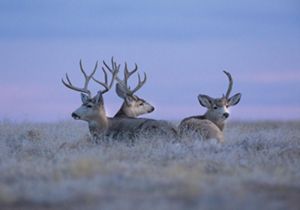
Grasslands May Be Underappreciated—But They’re Critical for Life
As a result of grasslands being less loved than some of their more dramatic counterparts—picture the craggy peaks of the Rocky Mountains—there is often less funding, support and excitement around protecting grasslands. This has led to wide-scale disruption and conversion of native grasslands. While there have been dedicated efforts across the country to preserve these places, it hasn’t happened at the scales we need to protect the diversity of life that thrives in grasslands.
Chris Hise, associate director of conservation for TNC in Oklahoma, agrees. “There's a tendency to look at grasslands as a resource to be exploited and not one that needs to be protected,” says Hise. “We've seen pretty tremendous losses over the years, and the time is now to circle the wagons and protect them at a scale that we haven't done so far in the Great Plains.”
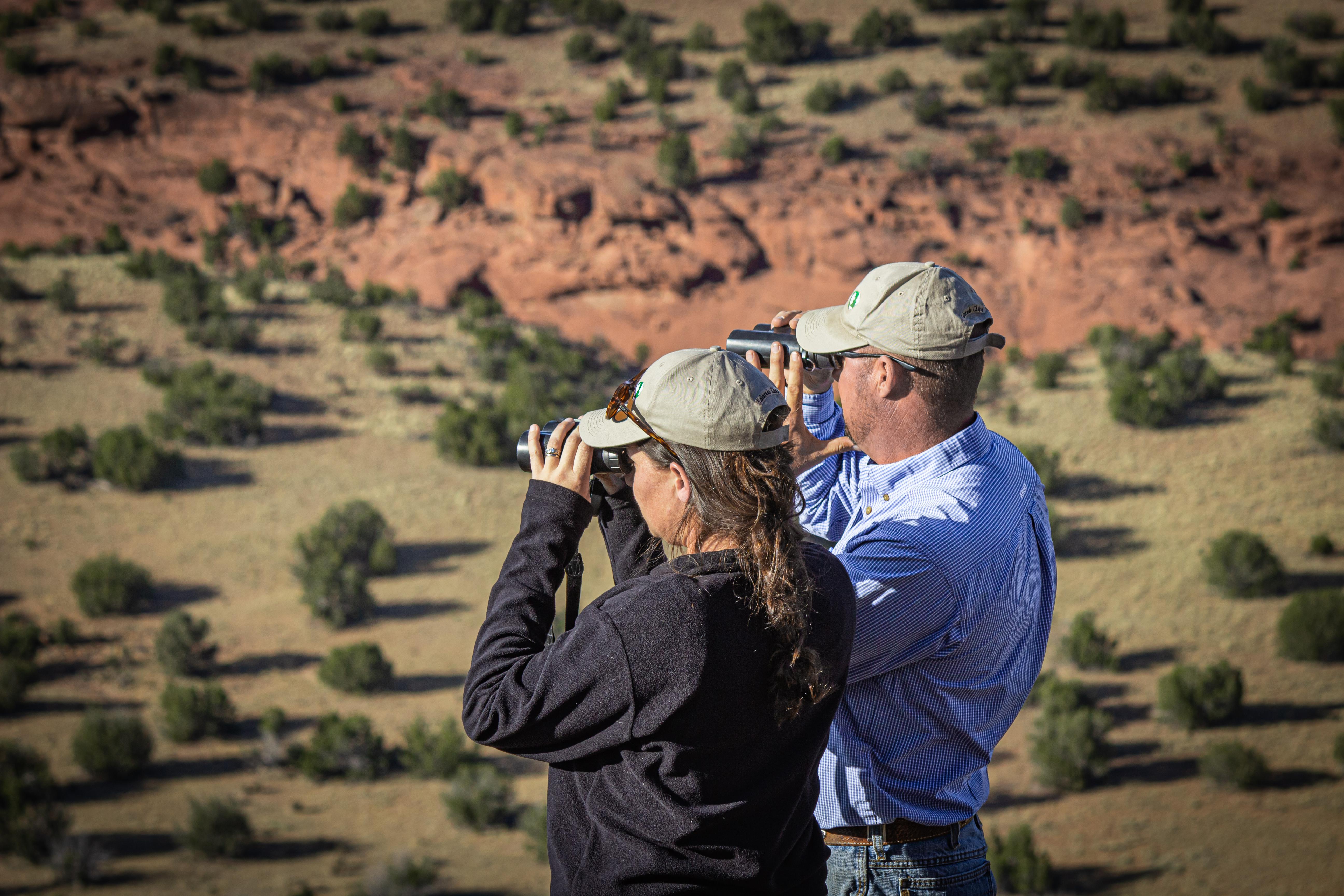
Finding Solutions to Shared Challenges
Of course, there are challenges to conserving land at a large enough scale to make a difference. Landscapes, ecosystems and wildlife do not adhere to state boundaries. The Southern High Plains Initiative brings together TNC leaders and partners from across five states.
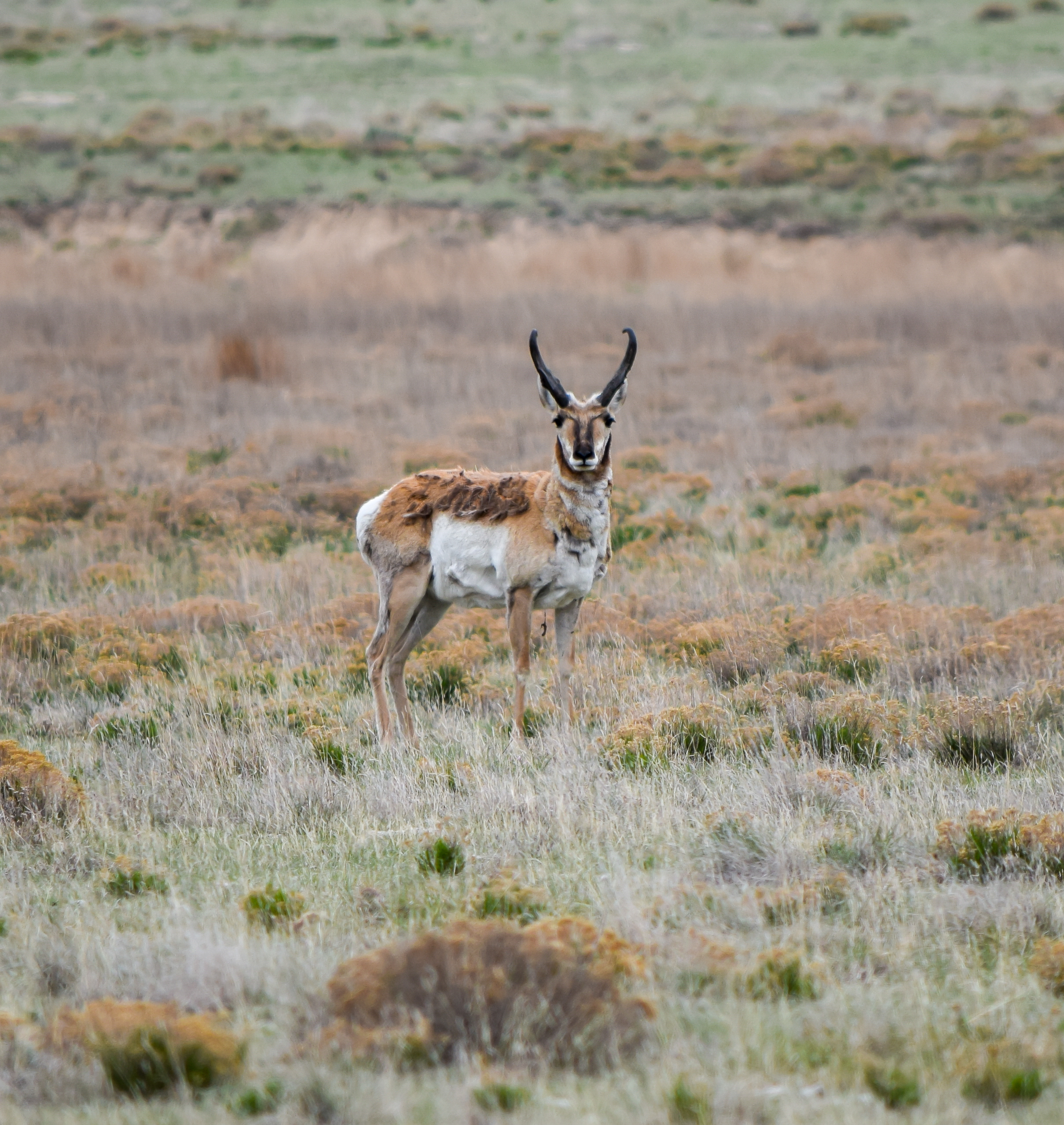
While each of the five states faces its own challenges and opportunities, there are common themes that are playing out across the landscape. For example, land protection in this area is closely connected with local economies and communities. In Kansas, around 80% of the state’s grasslands have been converted to some other use, mainly cropland.
“What we’re focused on in this landscape is that 20% that’s left,” explains Matt Bain, Western Kansas Conservation Manager for TNC. “That 20% fuels a multi-billion-dollar beef industry in Kansas and is critically important to ranching economies. It's the ranchers who are taking care of what’s left of the last wild places in Kansas. You can’t go on conserving that 20% without partnership with ranchers.”
People who work on the land have strong connections to it and are critical to any successful conservation strategy.
Quote: Dan Snodgrass

ln predominately farming and ranching communities, people generally have deep ties to the land. They make their living off of it, but they also appreciate that it’s in their interest to conserve it.
Partnerships are what will power this initiative to reach its ambitious goals. By working closely with local communities, land trusts, and others who know and depend on the land, we can support projects already happening on the ground and link them together as part of a broader vision.
“Being able to work across borders on these projects and take advantage of the staff capacity and funding to get a broader regional ecosystem approach is essential to the success of protecting this area,” says Bob Findling, director of conservation projects for TNC in New Mexico.
A Turning Point for Conservation
This opportunity to work together in the Southern High Plains comes at a key time in the history of land protection. The world is suffering massive ecosystem degradation, unprecedented wildlife decline and extinctions—all in the face of climate change. This has spurred a large movement for land protection.
Quote: Galen Guerrero-Murphy
There is palpable energy and momentum pointing toward a different future for grasslands, where we’re able to really affect conservation at the scales we need.
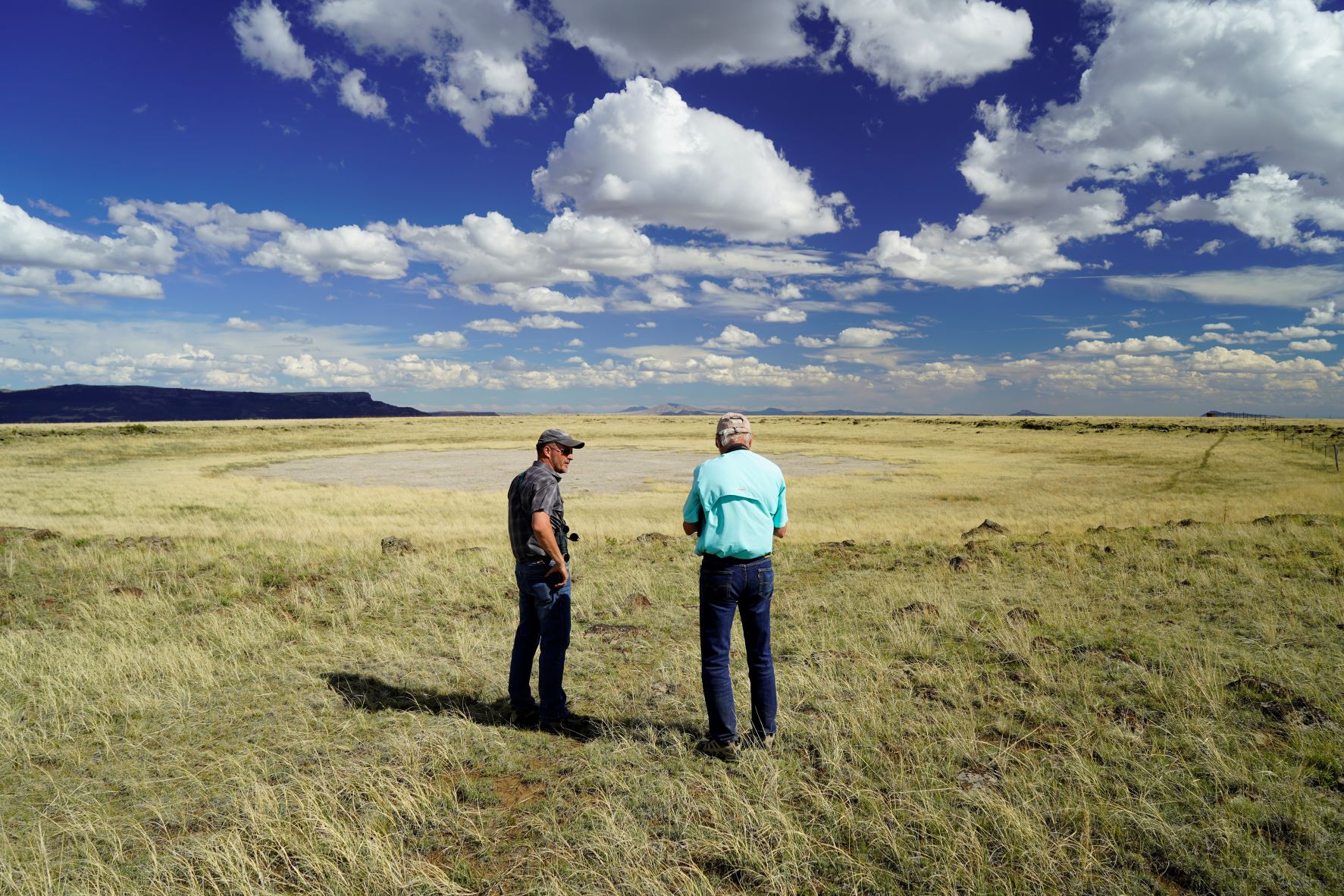
Through protecting habitat, we can help the world’s species be more resilient to climate change and other human disturbances, such as pollution or agriculture. To have the greatest impact on biodiversity, we need to protect lands with a variety of habitat that support wildlife now and into the future. TNC has developed a mapping tool to identify exactly those places in the U.S., called the Resilient Connected Network.
The Southern High Plains is a high priority within the Resilient Connected Network. This region has the most opportunity for conserving large, connected landscapes that can allow flora and fauna to move and adapt to climate change. The resilient areas in the Southern High Plains are only 11% conserved today.
By building on TNC’s work around the globe, we can make a big impact in the Southern High Plains.

Connecting the Dots for Conservation and Climate
As we focus on land protection at a massive scale, climate change is at the forefront of planning. In this region, more renewable energy development is on the horizon. A major piece of the puzzle in protecting connected lands will be to plan strategically where the best places are for renewable energy to be built.
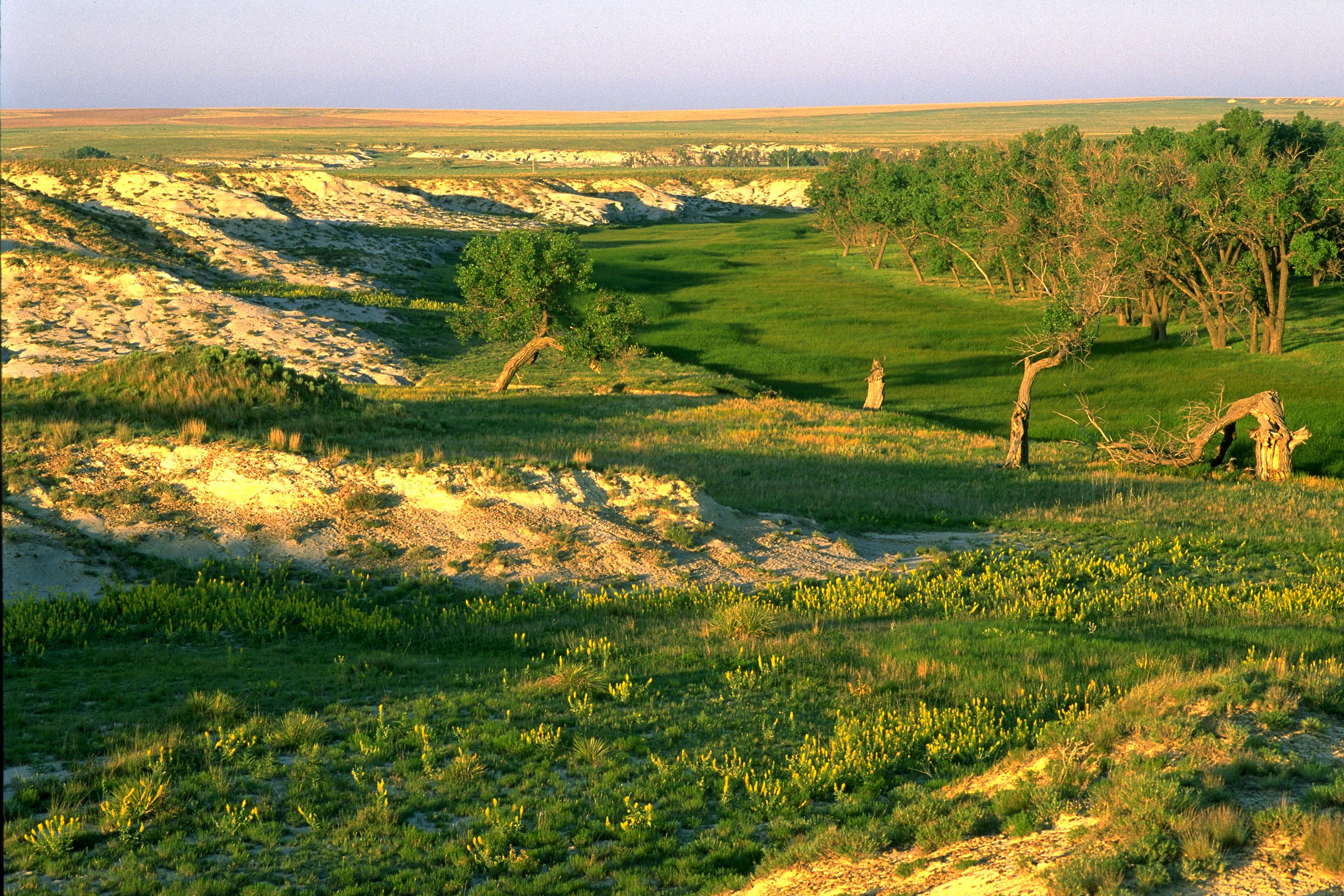
At the same time, grasslands hold huge potential as a carbon sink. Across the United States, natural climate solutions—or increasing carbon storage through methods such as growing taller trees, improving soil health and restoring coastal wetlands—could remove 21% of the nation’s carbon pollution from the air.
Protecting land at this scale would also help ecosystems build resilience to climate change impacts. By focusing on current and future wildlife migration corridors and dispersal patterns, we can provide wildlife the space and variety in habitat that they need to adapt to changing climate conditions.
“In a dry climate like the Southern High Plains, nature doesn’t work at the level of a single property. You need acres and acres to create corridors for plants and animals to change with the climate, to ebb and flow, to provide nature what it needs,” says Matt Moorhead, with TNC in Colorado.
For the benefits to wildlife, the climate and the communities that live in the region, it is crucial to come together and conserve the Southern High Plains. With TNC staff in all five states working together, we have already accomplished some big successes that would not have been possible without this combined effort. This opportunity for conservation at the scale of the landscape is unique, and our efforts are gaining momentum.
What's next in the Southern High Plains?
TNC recently acquired the 9,550-acre Rock Creek Ranch in the Texas Panhandle that was at risk of being developed into a housing subdivision. TNC ecologists have identified 22 wildlife "Species of Greatest Conservation Need" as defined in the Texas Wildlife Action Plan with confirmed or potential habitat on the ranch, including the Texas horned lizard, long-billed curlew, and ornate box turtle.
